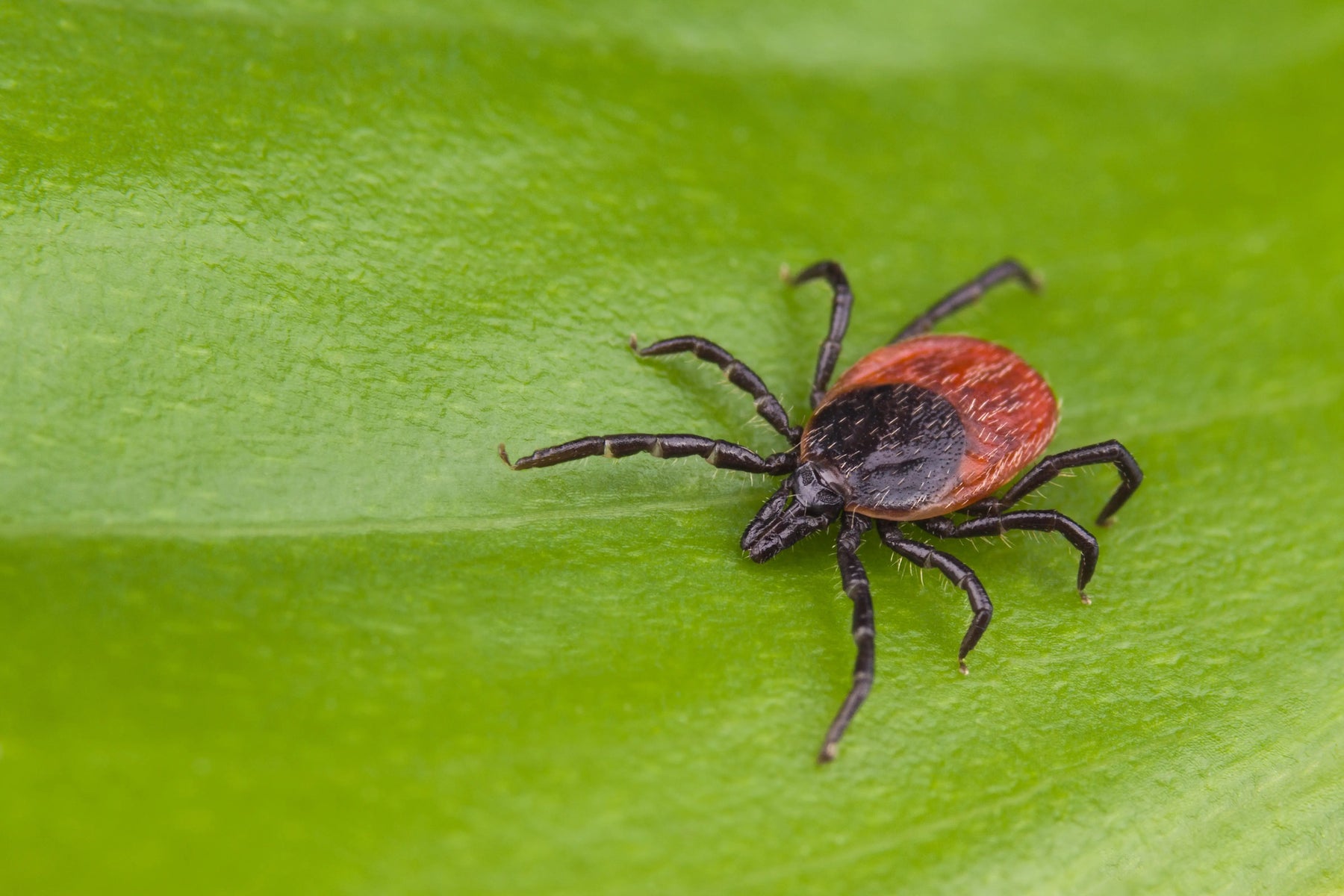From £6.99

Dogs - Ticks
Ticks can be a very common problem for dogs and their owners in some parts of the UK. As well as the unpleasantness of having a small insect feeding on your blood, they can also carry some very serious diseases. Namely, Lymes disease.
This infection can be passed onto both you and your dog, so when out walking it is important to take precautions for both of you. Ticks tend to be the most active during Mild weather, usually the spring and Autumn. The cold of winter and high heat of summer will significantly reduce their level of activity, although not them completely.
As the dog walker if you are going to walk through any long grass or push past undergrowth of bracken it is best to wear long trousers that cover the tops of your shoes and wear long socks.
Always check your dog for ticks after going for a walk in the countryside. Ideally do this as soon as is practical as it can be possible to prevent them from actually biting if caught early enough. Initially carry out a visual inspection to check to see if you can see any on your dog. Commonly they will be around the face, eyes and ears, but can also be anywhere on the body. They do though tend to work their way towards the areas where there is the most blood flow closest to the surface of the skin. If you see any, simply bush them off being careful not to get any of them onto your body or clothing.
Once the visual inspection has been done, you can easily check them physically by simply by running your hands all over their body including the inside of their ears), feeling for the tell-tale lumps attached to their skin. The sooner you do this after the walk the better, as it can take some time for the Lyme disease bacteria to get into the blood stream.
If a tick is found remove it quickly with a specialist tick removal tool. If you are at all unsure how to do this, you should always ask your vet for help and advice. Whatever you do, if you remove them yourself it is extremely important that you remove the whole tick and do not leave the head and jaws attached, or squeeze and burst the tick whilst still attached.
Absolutely never burn, of smother them in lotions or petroleum jelly as this can increase the risk that a disease carrying tick passes the disease onto you.
As an extra precaution you can get dog wormers which also cover ticks and should kill them before any disease is passed on.
